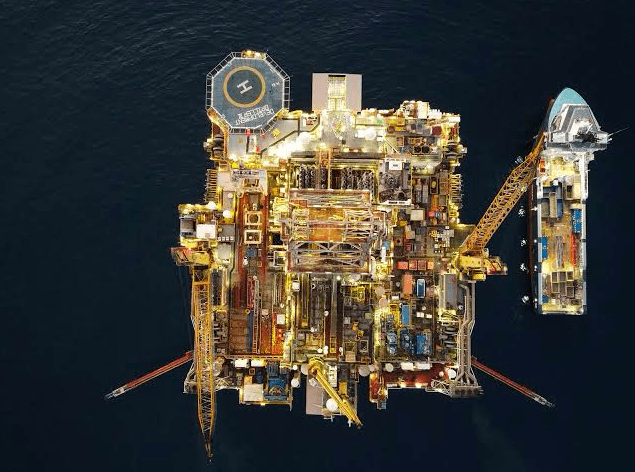Suriname is fast becoming one of the top offshore oil and gas hotspots in the Americas, ranking third in projected offshore exploration and production (E&P) investments by 2030, behind only Brazil and Guyana, according to the Energy Industries Council (EIC).
Marianna Messere, Oil and Gas Analyst for the Americas at EIC, told participants at the recent “Offshore Opportunities in Suriname” webinar that total offshore E&P investments across the Americas over the next five years are expected to reach US$162 billion.
“Suriname already appears in third place…emerging as a new hotspot for deepwater oil exploration and production,” she said.
Guyana-Suriname Basin offers ‘advantaged barrels’ for the future, says S&P Global Executive | OilNOW
She explained that the ranking is based only on projects with announced oil discoveries, excluding pre-discovery exploration work. “This means that these CAPEX figures will potentially increase in the coming years,” Messere noted. The flagship offshore development, TotalEnergies’ Block 58 GranMorgu project, represents a US$10.5 billion investment and is scheduled to begin operations in 2028.
Recent developments are further shaping the country’s energy landscape. By late 2024, TotalEnergies and APA had reached final investment decisions on Block 58 and awarded major contracts, including SBM Offshore and Technip Energies for the floating production vessel and Saipem for subsea infrastructure. In another move, ExxonMobil exited Block 52, transferring its stake to Petronas, which is now advancing exploration drilling.
Suriname to outpace Guyana in 2025 exploration activity – WoodMac | OilNOW
Exploration activity is intensifying, with multiple wells planned through 2026. Petronas is leading the Sloanea-1 well in Block 52, while Shell has begun a four-well campaign in Block 5. Chevron is preparing to drill its first shallow-water well before 2027. “New finds in this area could enable easier and more cost-effective shallow water projects,” Messere added.
However, the country faces governance and regulatory challenges. Suriname has yet to enact a formal local content law or policy, and public spending issues have sparked demonstrations. Still, Messere stressed that Suriname operates under a “strong production sharing contract” regime and enjoys favorable reservoir characteristics, low breakeven costs, low CO₂ emissions, and geological stability.
“These factors point to a big potential game changer for Suriname’s economy,” she said, describing the nation as an early-stage frontier poised for transformative growth in its oil and gas sector.



